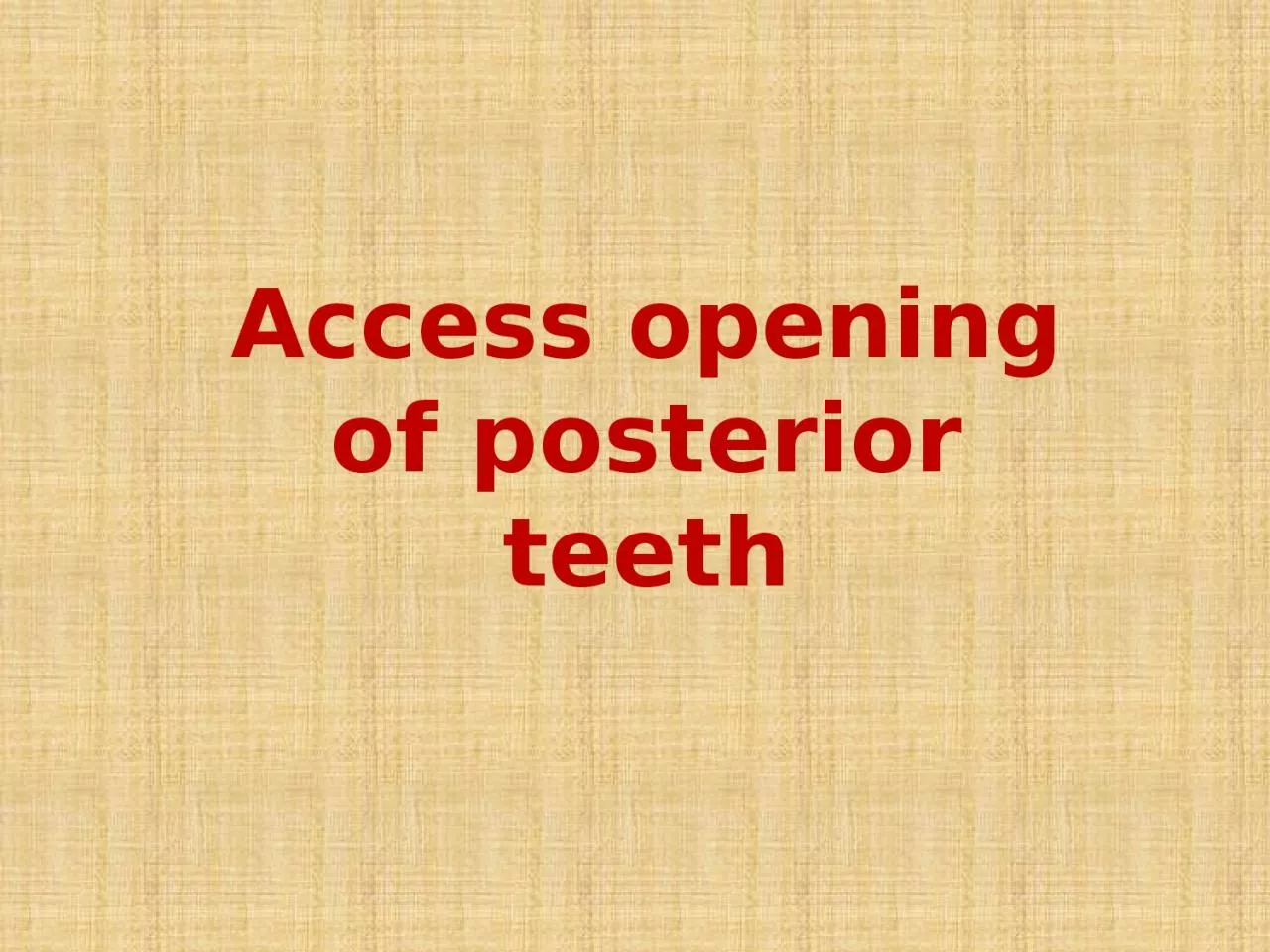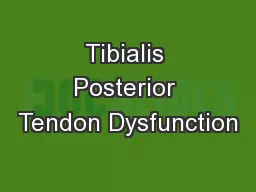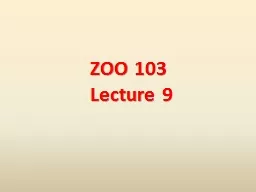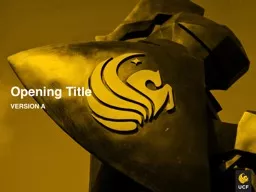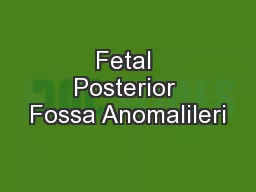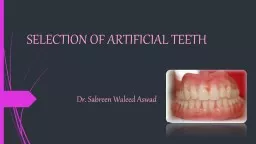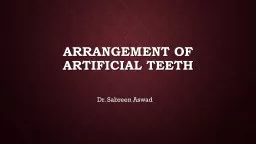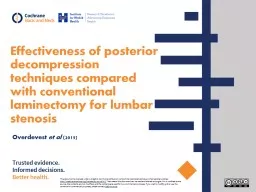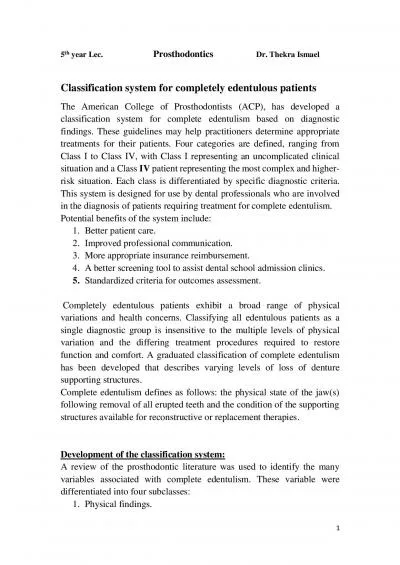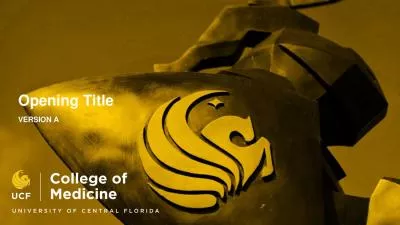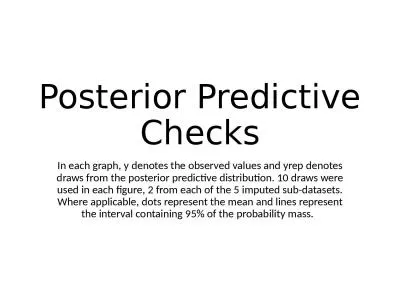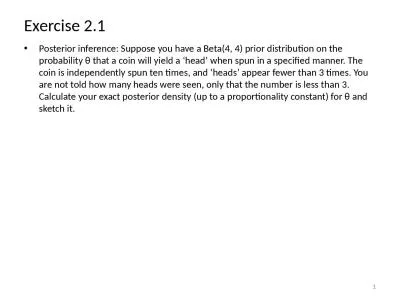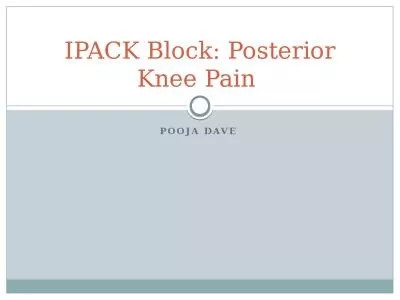PPT-Access opening of posterior teeth
Author : oconnor | Published Date : 2023-07-22
Maxillary molar teeth Entrance is always gained through the occlusal surface of all posterior teeth The initial penetration is in the exact center of mesial pit
Presentation Embed Code
Download Presentation
Download Presentation The PPT/PDF document "Access opening of posterior teeth" is the property of its rightful owner. Permission is granted to download and print the materials on this website for personal, non-commercial use only, and to display it on your personal computer provided you do not modify the materials and that you retain all copyright notices contained in the materials. By downloading content from our website, you accept the terms of this agreement.
Access opening of posterior teeth: Transcript
Download Rules Of Document
"Access opening of posterior teeth"The content belongs to its owner. You may download and print it for personal use, without modification, and keep all copyright notices. By downloading, you agree to these terms.
Related Documents

